Coffee is a beverage that is loved and appreciated across the world. It is a drink that provides comfort, energy, and a moment of relaxation. While many countries produce coffee, few have the same rich history and diverse flavor profiles as Mexico.
Table Of Contents
−- Why Mexican Coffee?
- How did Mexican coffee become so popular?
- Origins
- The history of Mexican coffee
- How much coffee does Mexico grow?
- The traditional Mexican coffee
- Mexico’s three major coffee regions
- Characteristics of Mexican coffee
- A comparison of Mexican coffee to other varieties of coffee from around the world
- Challenges & solutions for Mexico’s coffee industry
- Making a Mexican coffee cup
- Is Mexico’s coffee good stuff?
For centuries, coffee has been an integral part of Mexican culture and tradition, and today, it remains an essential part of the country’s economy.
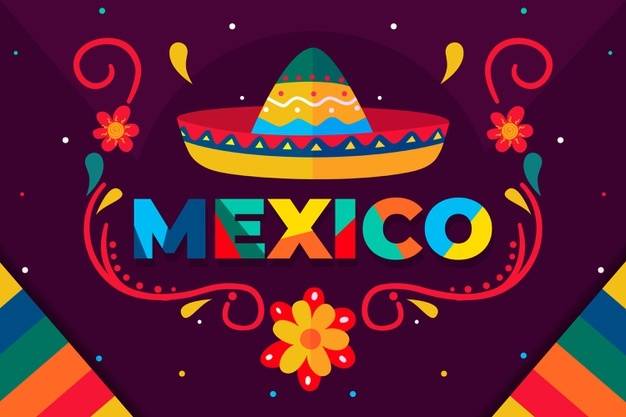
This article will explore the fascinating world of Mexican coffee, discussing its history, production methods, and taste, along with the industry’s evolution to meet the changing demands of consumers.
Additionally, we’ll delve into fair trade practices and how they benefit the farmers and communities responsible for producing this cherished beverage. Join us on a journey down to the heart of Mexico’s coffee culture.
Why Mexican Coffee?
A traditional cup of Mexican specialty coffee that includes candy bar flavors. It’s a terrific crowd-pleaser and one that people don’t know what to look for. And Mexican coffees also stand out in their ability to bring a lot of chocolate and nutty sweetness through many roast levels.
When I bought light roast coffee beans from the Chiapas area, it tasted like a peanut butter cup—a lot to the delight of even customers who preferred to stay away from super-light roasts. And those flavors appear to hang on to darker roasts as well. If you want fruitier coffees, those Mexican coffees are starting to be accessible as well.
How did Mexican coffee become so popular?
Mexican coffee, of all Latin American coffees, may be the most undervalued. Many of Mexico’s top coffee brands and specialty coffees are consumed domestically, making these beans even more rare on the international market. The majority of coffees cultivated in Mexico are organic and wet-processed, resulting in a delicious but delicate cup of coffee.
As the specialty coffee business transitions toward organic farming and fair-trade standards in the cultivation and export of specialty coffees, Mexican coffee is one of the sources to seek out. An excellent tip to follow in order to ensure the freshness and quality of your gourmet coffee is to buy it whole and as near to the roasting date as possible.
Origins

The history of Mexican coffee
Mexico has several places that provide ideal growing conditions for coffee, particularly in the country’s south and south-central regions, as with many South and Central American countries.
In the late 1700s, coffee arrived in Mexico, thanks to Spanish settlers who brought coffee plants. It was initially grown on farms owned by Europeans with predominantly indigenous laborers, but it didn’t become a popular beverage until much later.
Spanish colonials brought plants from Cuba and the Dominican Republic in the late 1700s. This began a new era for the country, as coffee soon became popular.
Before coffee, the preferred drinks in Mexico were chocolate and atole, made from cocoa and cornmeal, respectively. Nevertheless, Mexican coffee soon gained popularity, and by the late 1800s, exports had begun to increase.
Veracruz was the first state to produce coffee in Mexico, but now, significant coffee production takes place in various non-contiguous regions, from south-central to southern areas.
1973
The Mexican Coffee Institute (Instituto Mexicano del Cafe, INMECAFE) was established to monitor its growth because the coffee business had grown to prominence. INMECAFE collaborated with the International Coffee Association to ensure quotas were maintained, prices were determined, and smallholder producers were protected.
Additionally, they monitored the modernization and advancement of coffee cultivation methods. Mexican coffee output expanded dramatically during this time period.
1989
By this time, both INMECAFE and the ICA ceased to exist, causing a “coffee crisis” in Mexico. Due to a variety of circumstances, the worldwide price of coffee fell precipitously, slashing Mexican growers’ revenues. This resulted in growers abandoning the more labor-intensive procedures necessary to produce high-quality coffee, resulting in a fall in the quality of beans from Mexico. For many years, conditions remained difficult for coffee producers in the nation, and output fell precipitously.
2015
In 2015, Mexico shipped less than 2 million bags of coffee, the lowest number in more than two decades. However, efforts implemented to far have resulted in a resurgence in output. Cooperatives were founded in the aftermath of INMECAFE’s demise, and many farmers have shifted their emphasis to the lucrative organic market. Mexico has surpassed the United States as the world’s top producer of organic beans.
Exports have increased significantly from the low point in 2015, and those in the know are taking notice of the specialty coffees that the nation is beginning to create. After a lengthy period of doom and gloom, the future of Mexican coffee is suddenly considerably more optimistic.
How much coffee does Mexico grow?
The country’s coffee production has fluctuated over the years and is influenced by climate change and market prices.
According to the International Coffee Organization (ICO), Mexico produced approximately 4.6 million bags (60 kg each) of coffee in the 2018-2019 coffee year. Although this represents less than 1 percent of total coffee exports worldwide, it still makes the nation the ninth-largest coffee exporter.
The crop is grown in 16 of Mexico’s provinces, but most of the country’s 711,000 hectares (as of 2018) are grown in the south.
Chiapas, Veracruz, Oaxaca, Puebla, and Nayarit are some of Mexico’s most important coffee-producing states. These states account for most of the country’s coffee output.
Terminating the Coffee Agreement led to removing the price floor for coffee, which resulted in the closure of INMECAFE. However, this shift paved the way for the emergence of cooperatives that supported not only the indigenous farmers of Mexico but also encouraged the production of organic coffee.

The traditional Mexican coffee
Mexico produces mainly shade-grown Arabica coffee, with Robusta accounting for just 3–4 percent of its crops. 35 percent of Mexico’s coffee is grown at 900 m.a.s.l., conditions conducive to higher-quality coffee in Mexico’s comparatively cooler climate.
Mexican coffees tend to be lighter-bodied and soft, with subtle flavors. There is a potential for them to be outstanding: the 2019 Excellence Cup saw six coffees smash through the 90-point mark. Cruz José Arguello Miceli’s Gesha won with an outstanding 93.07 points (and sold for US$35.40/lb of green).
The judges noted that this Chiapas-grown coffee had notes of bergamot, jasmine, lemongrass, and vanilla and was generally very sweet with a buttery mouthfeel.
Mexico’s three major coffee regions
Chiapas, Veracruz, and Oaxaca: each coffee region features its distinctive character – but it’s not just about what you taste in a cup. “The level to which the farms are technologically focused makes the three coffee-producing countries unique,” says Edy.
Let’s take a closer look at this.
Veracruz
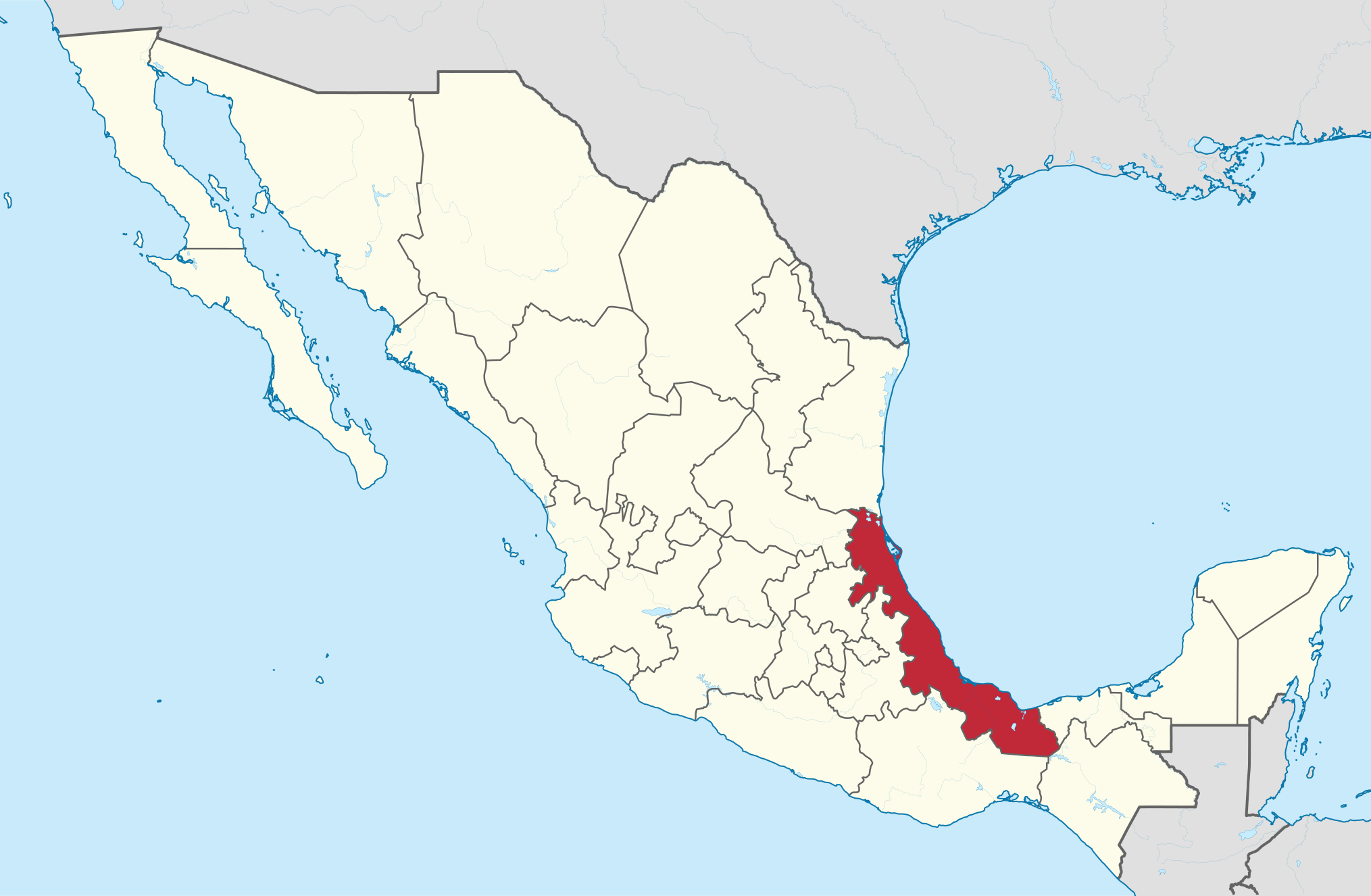
Along the Gulf of Mexico is the long and thin state of Veracruz. It can boast of becoming Mexico’s first state to see a coffee tree planted in its soil in the 18th century.
Growing inland mountains at 1,100–1600 m.a.s.l., Veracruz’s finest coffees, notes of ‘light red fruits, caramel, blueberries, panela, and are subtle with a bright acidity and very juicy with a sour and sweet aftertaste.’
Veracruz is the most technologically developed of the three regions, with controlled sowing and more disease-resistant varieties. Growers take care of equally spreading trees one meter apart, with no more than 5,000 plants per hectare.
- Mexico’s first coffee-growing region.
- Initial coffee seeds were imported from neighboring Latin American nations.
- Coffee is produced between 1,100 and 1,600 meters above sea level in the state’s highlands.
- Has the most modern technology in coffee bean farming, with more disease-resistant varieties and regulated growth.
Chiapas
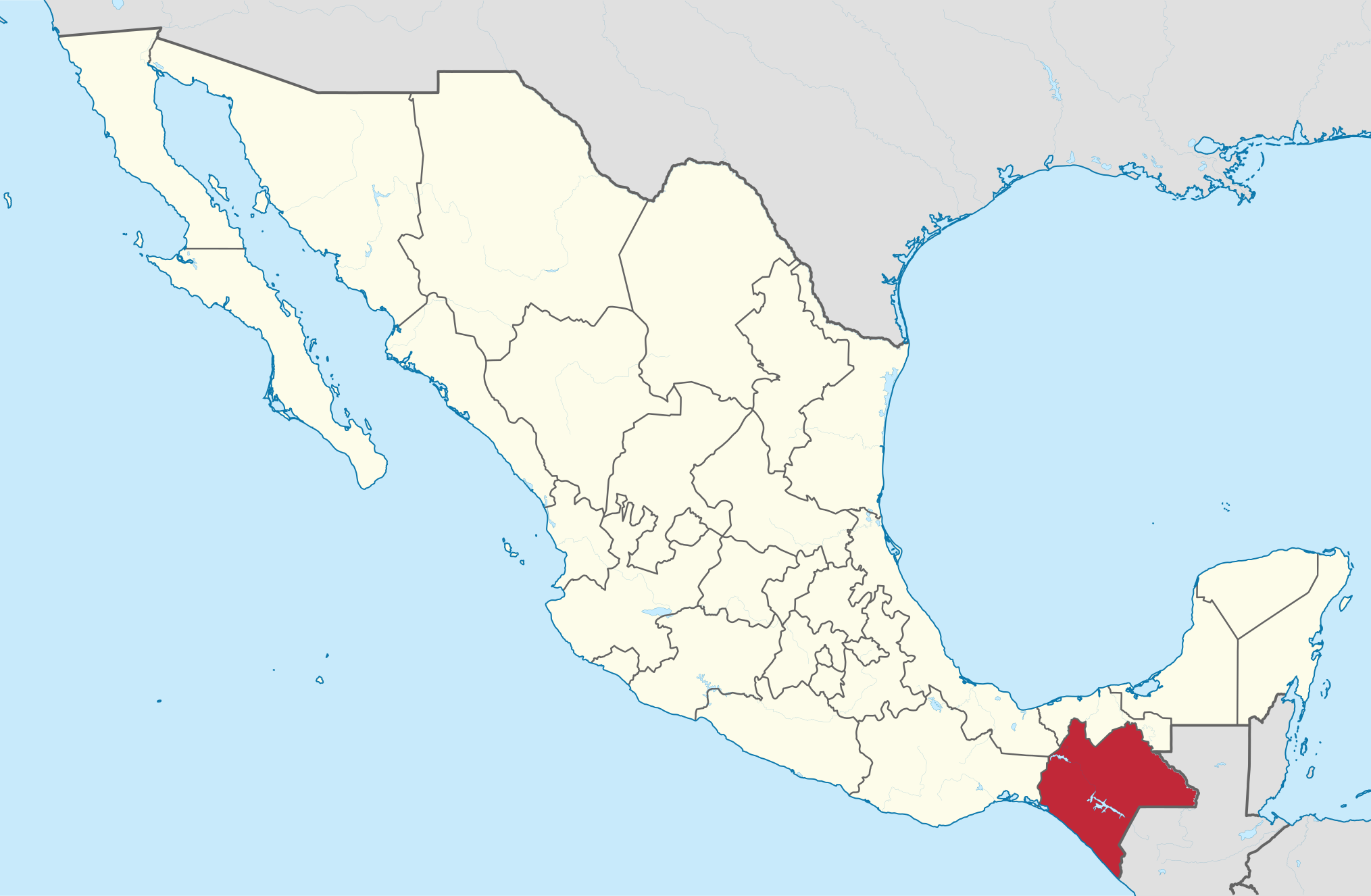
In the year 2016, Chiapas became known for its unique and distinct coffee flavors, thanks to its natural location and favorable climatic conditions that differentiate it from Veracruz. While these two regions have similarities in cultivation practices and coffee varieties, coffee expert Edy Rodriguez promises a taste experience like no other.
Savor the notes of chocolate, nuts, citrus and lemon in every cup, complemented by the round, long-lasting body that Chiapas coffee is renowned for. Discover why this region’s coffee beans are among the best in the world and experience a true coffee lover’s paradise.
- Dominant player in Mexico’s coffee-growing areas
- Has output accounting for up to 40% of Mexico’s total production
- Has the ideal habitat for growing Arabica coffee beans of the highest grade
- Endowed with a diverse range of high-altitude locations that benefit from an optimum tropical environment and rainfall for cultivating organic whole bean coffees.
- Greatest coffees grown between 1,300 and 1,700 meters above sea level. The higher altitudes provide more time for the coffee cherries to ferment their sugars, resulting in a sweeter coffee bean.
Oaxaca

Despite modern technology’s easy access, the Oaxacan coffee region in Southern Mexico proudly holds onto traditional coffee cultivation methods from the 1940s. 70% of the coffee varieties grown there are traditional.
Pluma Hidalgo, a popular variety from Oaxaca, is an example of a traditional coffee variety cultivated by indigenous farmers since the mid-1800s. Pluma Hidalgo originates from the Typica coffee plant cultivated in the 19th century. The coffee is known for its fruity flavor and medium body.
Efforts are being made to secure the Denomination of Origin status for Oaxacan Pluma Hidalgo. Such recognition would protect the coffee variety’s unique qualities and origins, ensuring that only coffee from the region can be authenticated with the denomination.
This will preserve the historical and cultural significance of Pluma Hidalgo for generations to come, allowing coffee enthusiasts worldwide to continue enjoying this traditional coffee variety.
- Large producer of cocoa beans
- Has high elevation, a tropical climate, and plenty of rainfall
- Mexico’s most ecologically varied state, producing high-quality gourmet coffee.
- Coffee fields located between 900 and 1,650 meters above sea level
- Growers continue to use traditional cultivation techniques (Each Mexican coffee bean is hand-picked and growers only use organic insecticides and herbicides)
Puebla
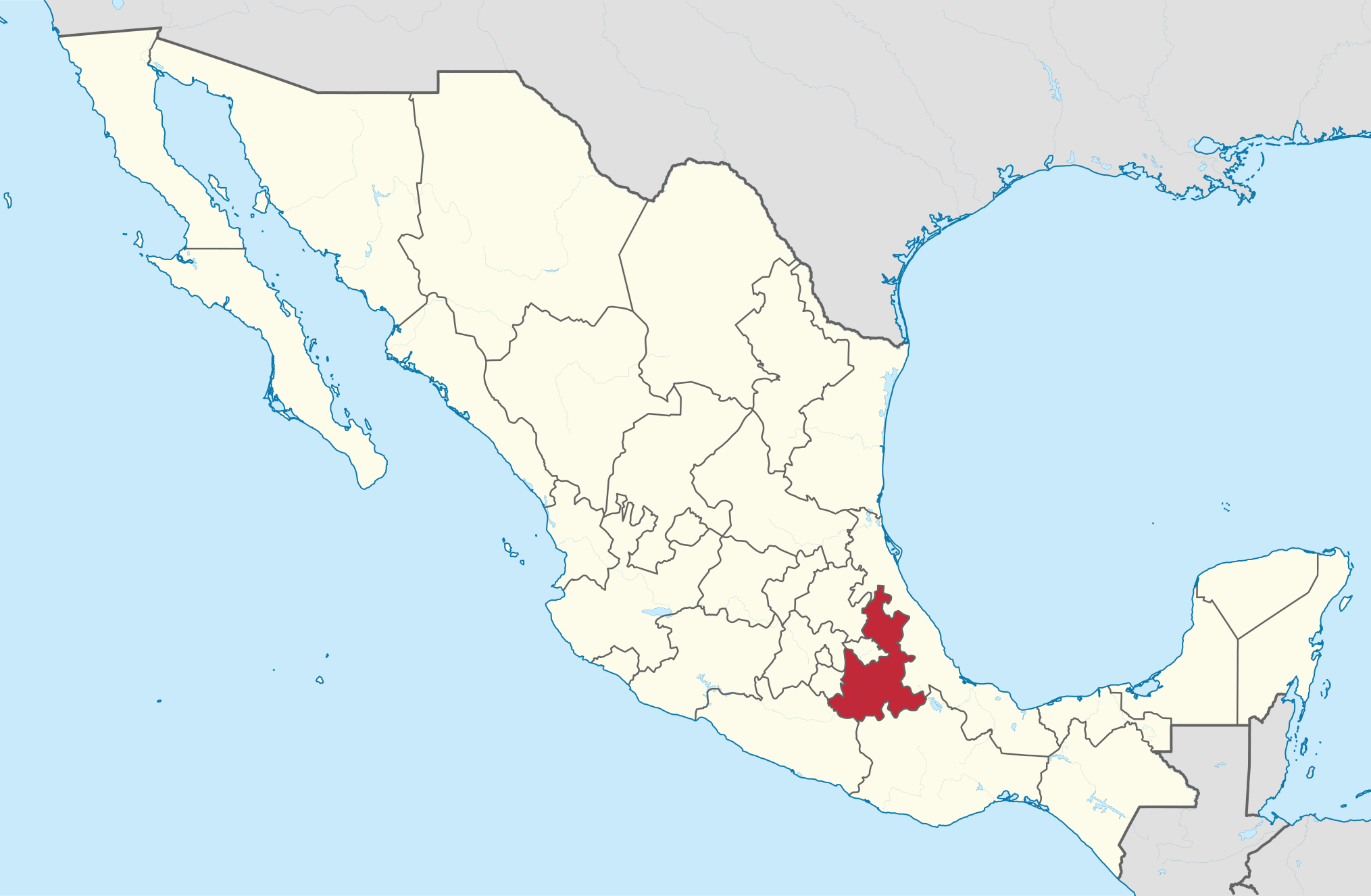
Coffee production in Puebla is concentrated in the mountainous regions of the state, which offer ideal conditions for growing coffee. The state’s high altitude, ranging from 1,500 to 2,500 meters above sea level, provides a cooler climate, which helps slow down the coffee plant’s growth and allows for optimal bean development. The state’s fertile soil and abundant rainfall also create the perfect environment for coffee plants to flourish.
In fact, Puebla accounts for 11 percent of the total coffee production in Mexico, making it one of the top coffee-producing states in the country. The coffee produced in Puebla is known for its quality and unique flavor, which comes from the state’s favorable climate and fertile soil.
- Account for up to 11% of the country’s output
- Majority of coffee beans cultivated in the area are in the state’s north-eastern portion, near the Sierra Madre Oriental Mountain range
- Several coffee fields are located near the Malinche volcano, where the fertile soil supports ample Arabica growth.
Characteristics of Mexican coffee
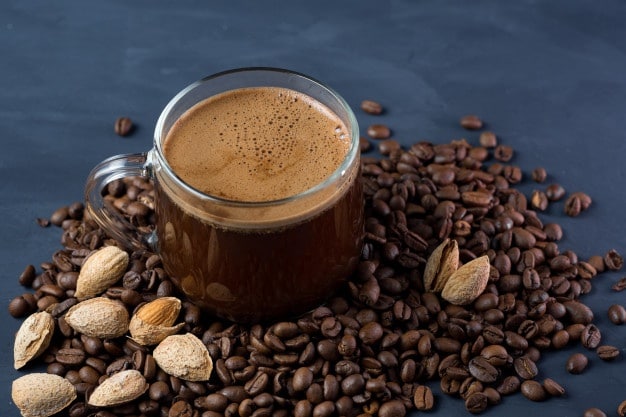
Mexican coffee is for coffee enthusiasts who love a mild, light-bodied brew. Low acidity, light body, and a nutty flavor are invariably described as Mexican coffee. Mexico’s finest coffee has an acidic snap, a delicate body, and a pleasurable dryness like fine white wine. It is known for its smooth, balanced taste with hints of chocolate, nuts, and subtle fruitiness.
The sweetness of Mexican coffee is evident in its notes of caramel and vanilla. Mexican coffee is often described as having a clean finish with no bitterness, making it a popular choice for those who prefer less acidic coffee.
Due to the different coffee-growing parts of the country, Mexican coffee has various flavors and overtones. This results in a not complicated coffee and can serve as a base for various blends.
Chiapas, which grows the finest coffee beans in Mexico, is located near Mexico and Guatemala. Its coffee is known for its distinctly delicate, light flavor and rich, slight acidity with a light to medium body. It is said that a cup of Chiapas coffee can compete with the strong flavor and intricacy of a much finer Guatemalan coffee.
Varietals
Coffee plant varieties cultivated in Mexico are mostly Caturra (Coffea arabica var. caturra), Bourbon (Coffea arabica var. bourbon), Mundo Novo (Coffea arabica var. Mundo Novo), and Maragogype (Coffea arabica var. maragogype).
Brands
Mexico is a member of NAFTA (North America Free Trade Agreement), culminating in Mexican coffee brands being pretty well accepted in the United States and Canada.
However, when it comes to freshness and quality, your safest bet is to purchase from a local roaster who procures green coffee beans and roasts them themselves. Once roasted, coffee quickly begins to lose its flavor-a lot is lost within weeks of roasting the whole bean coffee (if stored well). This timeframe drops to days if the coffee is ground.
Most of the coffees on the grocery store shelves spend several days going through the supply and distribution chain, leaving you with relatively tasteless coffee. No matter how “high quality” or “premium” the retail-store package claims that its coffee is, it will pale compared to the mid-range coffee, which has been freshly roasted.
Volcanica Mexican coffee
This Mexican coffee is from the Chiapas region. We like how it brings hazelnut nuttiness to an already complex blend of roasted beans and unusual flavors.
Cafe Punta del Cielo
I wouldn’t say this is the best Mexican coffee, but worth a try. While I was in Mexico City, you would notice Starbucks in every neighborhood and Cafe Punta del Cielo. While Starbucks serves coffee the Starbucks way, Cafe Punta del Cielo provides every alternative method. From Siphon, pour over, espresso, French Press, so it’s a good place to enjoy your coffee if you visit Mexico.
I picked one of these up during my stay, and just puncturing the whole and experiencing the sound and the noise of oxygen infusing with the coffee beans from its vacuumed-packed can, was an experience worth remembering.
A comparison of Mexican coffee to other varieties of coffee from around the world
Unlike other types of coffee, Mexican coffee is often grown under shade, which helps preserve the soil, conserve water, and protect the coffee plants from harsh sunlight. This practice also contributes to the unique flavors and aromas of Mexican coffee. The shade-grown method also has environmental benefits as it provides a habitat for birds and other animals, promoting biodiversity in coffee farms.
In terms of production, Mexican coffee is commonly processed using the wet method, where the beans are fermented before being washed and dried. This process helps enhance the sweetness and fruitiness of the coffee. Mexican coffee is also known for its organic and fair trade practices, making it a socially and environmentally responsible choice for consumers.
In conclusion, Mexican coffee offers a unique and delicious taste experience. The mild to medium body, low acidity, and sweet flavors make it an excellent choice for those who prefer a more balanced and less acidic coffee. Its environmentally friendly growing practices and fair trade approach make it a socially responsible option for coffee lovers worldwide.
Challenges & solutions for Mexico’s coffee industry
One of the country’s biggest challenges is the recent low price of coffee. The average farmer could earn only $98 for 45 kg of green Arabica coffee, even though it would cost them an average of $140 to make.
Climate change, pests, and diseases like coffee leaf rust have affected production. In contrast, low productivity and market volatility have made it difficult for small farmers to earn a decent income.
With growers struggling to be profitable, they are underequipped to invest in their farms to cope with adverse weather changes and diseases. In 2018, the coffee price catastrophe saw prices drop – and they have not yet recovered. Panicking, the impact of low prices was noticeable long before the market collapsed.
In 2012, the epidemic of coffee leaf rust spread rapidly across Mexican coffee farms. The fungus attacked coffee trees, shrinking the harvest’s size and quality, and had a long-term impact: production reduced by half from 4.5 million bags in 2012 to 2.2 million in 2015.
Producers have tried to combat low prices by replacing older trees with higher-yielding varieties. But they also needed more sunlight and nutrition. This, along with the introduction of herbicides in the Mexican countryside, has led to severe soil erosion, especially as the Mexican coffee slopes can range from 10–80 percent.
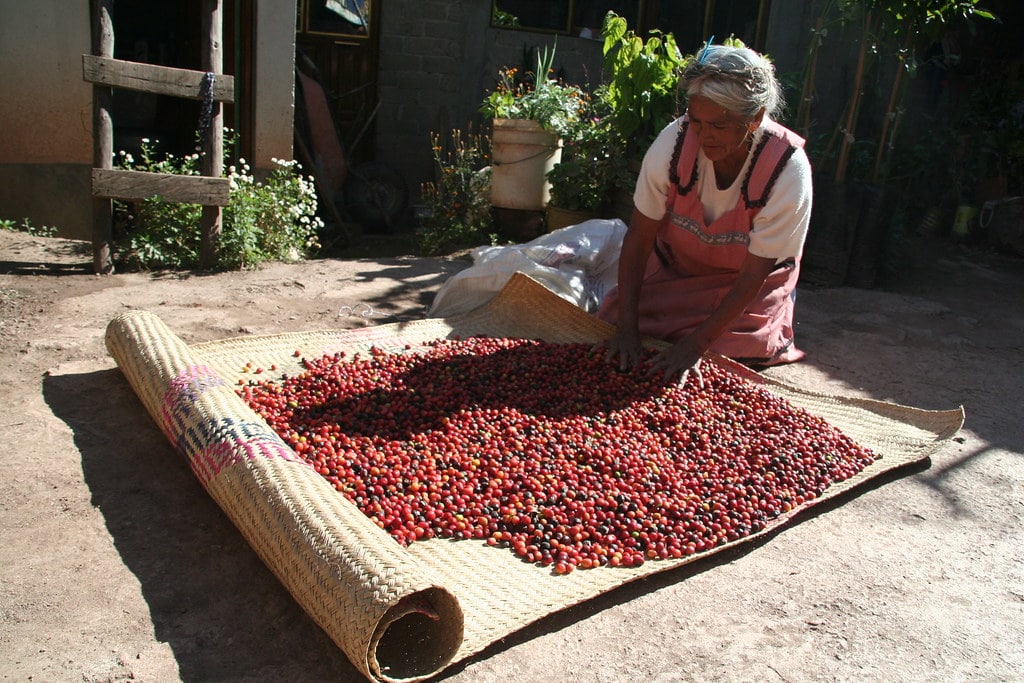
Various initiatives have been launched to address these issues to support sustainable and fair trade coffee production in Mexico. For example, the Mexican government has implemented programs to provide smallholder farmers credit, technical assistance, and infrastructure support.
The Government stepped in by offering farmers more pest-resistant coffee varieties such as Marsellesa, Oro Azteca, and Costa Rica 95 while encouraging producer groups to acquire price-enhancing certifications such as the Fair Trade and Rainforest Alliance.
The good news is that Mexico’s coffee industry is recovering, with exports increasing by 57% from 2015 to 2018. Production, at this point, was over 4 million bags again.
In recent years, there has been a growing interest in specialty coffee in Mexico, with some farmers and cooperatives focusing on producing high-quality, single-origin beans. This has led to a rise in direct trade relationships between Mexican farmers and roasters, willing to pay premium prices for exceptional coffee.
Overall, while the Mexican coffee industry has faced many challenges, it continues to be an important sector of the country’s economy and culture. With the support of sustainable practices and fair trade relationships, it has the potential to thrive and benefit the livelihoods of thousands of farming families.
Making a Mexican coffee cup
One thing to note is that “Mexican coffee” is not just coffee beans; it is also a style of coffee; it is a blend of coffee that takes full advantage of Mexican coffee varieties’ light flavor. It’s a gourmet creation that you can create at home.
It’s called Cafe de Olla, Mexican spiced coffee, or just Mexican coffee.
For me, when you eat or drink Mexican cuisine, you are bound to taste complexity.
While we have our separate article on how to make Cafe de Olla, here’s a brief introduction.
Start by putting in your favorite Mexican coffee beans, then add two teaspoons of cinnamon to the filter basket as the coffee is brewed. While the coffee is being prepared, simmer 1/3 cup of chocolate syrup, a cup of milk, and two tablespoons of brown sugar on the gas stove until the sugar fades slowly.
Pour the mixture into cups filled with a blend of coffee and cinnamon and some vanilla extract. You can put more cinnamon or top it with whipped cream to make it more like a pro barista.
Generally speaking, coffee beans made in Mexico make the perfect cup for coffee lovers who want their coffee light and smooth and don’t need anything else to make it better. Next time you’ve got friends over, consider whipping up some Mexican Coffee—you might never want to spend money in your local gourmet coffee shop again!
Is Mexico’s coffee good stuff?
While there is variation between different growing areas, you can expect a good Mexican coffee to be something like this;
- The overall gentle, well-balanced taste; no factor overwhelms;
- Chocolate, notes of various roasted nuts, and occasionally fruit
- Cinnamon or brown sugar sweetness
- A light, delicate body, usually
- A crisp acidity
Mexico’s coffee brands seem to favor darker roasted options. Maybe that’s exactly what people want? Mexican beans seem to have a strong origin taste even when darkly roasted.
Disclaimer: This post contains affiliate links, which means I may receive a small commission, at no extra cost to you, if you make a purchase using these links. Remember to support us by purchasing through the Amazon/Walmart/Impact Radius links provided. Last update on 2024-04-19 / Affiliate links / Images from Amazon Product Advertising API
Disclosure: No compensation or free products were received in exchange for writing this review.

Editorial Staff
The editorial staff at Crazy Coffee Crave is a team of coffee enthusiasts & Baristas who enjoy the one thing we all think about as soon as we get up in the morning. Trusted by thousands of readers worldwide.







